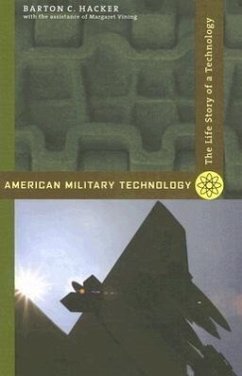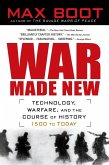The growth of American engineering and science has affected military technology, organization, and practice from the colonial era to the present day--even as military concerns have influenced, and often funded, domestic engineering programs and scientific development. "American Military Technology" traces the interplay of technology and science with the armed forces of the United States in terms of what Hacker and Vining view as epochs: 1840-1865, the introduction of modern small arms, steam power, and technology, science, and medicine; 1900-1914, the naval arms race, torpedoes and submarines, and the signal corps and the airplane; and 1965-1971, McNamara's Pentagon, technology in Vietnam, guided missiles, and smart bombs. The book is an excellent springboard for understanding the complex relationship of science, technology, and war in American history.








